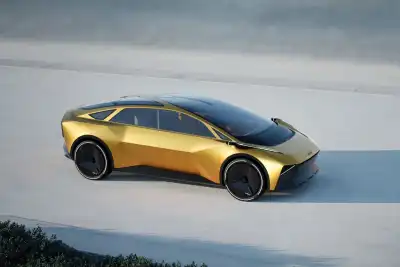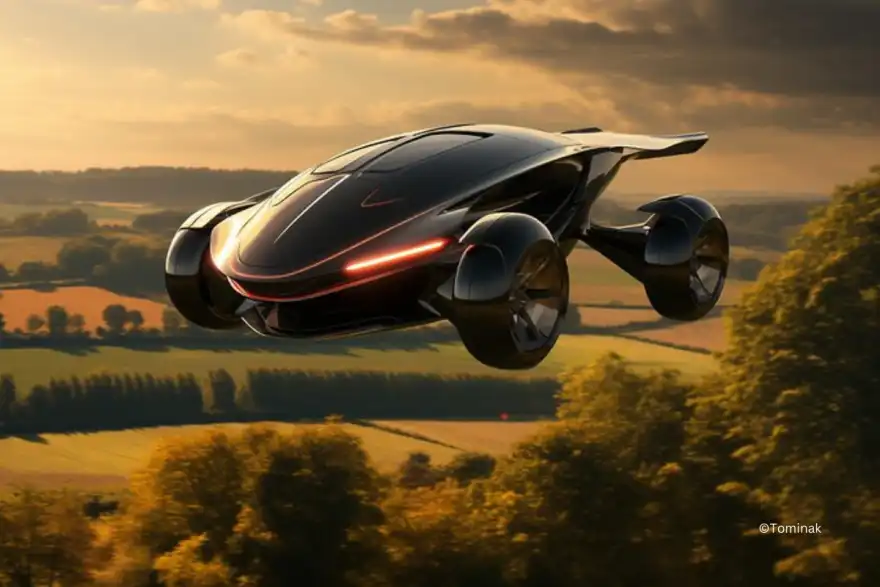
Flying cars have been a staple of science fiction for decades, promising a world where we soar above traffic jams and zip across cities in minutes. But the reality is, these personal flying vehicles remain grounded. Here's a deeper dive into the challenges that have kept them out of our driveways, along with a look at the history of this captivating concept.
A History of Flying Car Dreams
The dream of flying cars isn't new. It stretches back as far as 1856, when French sea captain Jean-Marie Le Bris took to the air in a horse-drawn glider, a very early attempt at achieving airborne transportation.
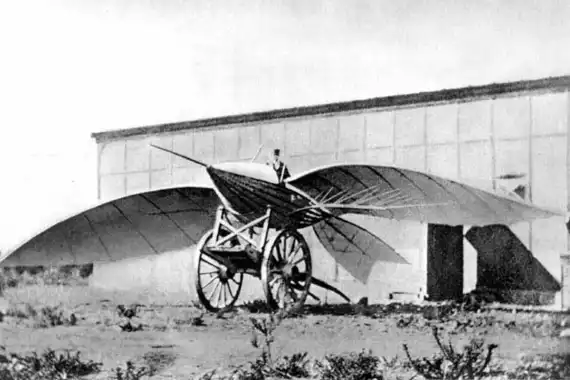
Throughout the following century, pioneers like Glenn Curtiss (aircraft designer) and Sherman Fairchild (aviation entrepreneur) made significant strides with early prototypes. The Waterman Arrowbile (1937) and the ConvAirCar (1946) were some of the first attempts at practical flying cars, but widespread adoption remained elusive due to technical limitations.
Technical Hurdles
Building a flying car is an engineering marvel. It needs to excel in two very different environments: the road and the sky. Imagine a car that transforms smoothly, offering both the driving ease of a Toyota Corolla and the smooth flight of a Cessna.
Here are some of the key technical hurdles engineers are grappling with:
- Balancing Design: A flying car must be lightweight for flight, yet sturdy enough for the road. This delicate balance makes designing them a tricky business. Traditional car materials like steel are too heavy for flight, while lightweight aircraft materials might not be strong enough to handle the bumps of a road.
- Pilot Prep: Not everyone can be a pilot! Widespread adoption would likely require extensive training for safe operation, adding another hurdle. Imagine needing a pilot's license just to commute to work!
- Maintenance Matters: Flying machines require meticulous upkeep to ensure safety. Imagine the complexity of maintaining a vehicle that tackles both roads and skies. Keeping a flying car airworthy would likely be significantly more expensive and time-consuming than maintaining a conventional car.
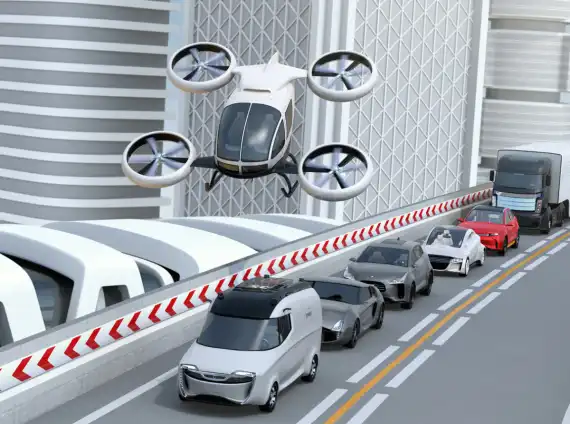
Infrastructure and Environment
Even if we manage to build fantastic flying cars, the world around us isn't quite ready. Here are some infrastructural and environmental concerns that would need to be addressed:
- Traffic in the Sky: Think rush hour is bad now? Picture a sky filled with thousands of flying cars! We'd need a whole new air traffic control system to manage the chaos, and even then, congestion and accidents could become major issues. Imagine needing to wait in line for airspace before heading home!
- Noise Pollution: The whirring and buzzing of countless flying vehicles could turn our once peaceful skies into a cacophony. Imagine the noise complaints as a constant stream of flying cars zip over your house!
- Going Green: Flying cars, especially those powered by traditional fuels, could exacerbate air pollution problems. Sustainable solutions like electric motors and alternative fuels would be crucial.
A Glimpse into the Future: Companies Taking Flight
Despite the challenges, there's a renewed buzz around flying cars. Advancements in technology, like electric motors, autonomous flight systems, and lighter materials, offer promising solutions. Here are a few companies leading the charge:
Terrafugia: This company's Transition model is a street-legal flying car with folding wings. It can take off and land vertically, eliminating the need for a runway.
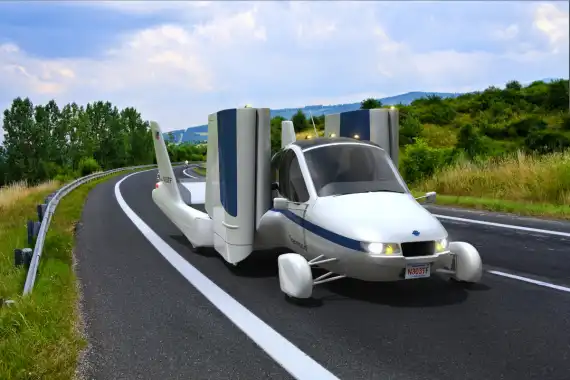
Joby Aviation: This company is developing a network of electric vertical takeoff and landing (eVTOL) air taxis. These flying taxis aim to offer quick and convenient point-to-point transportation within cities.
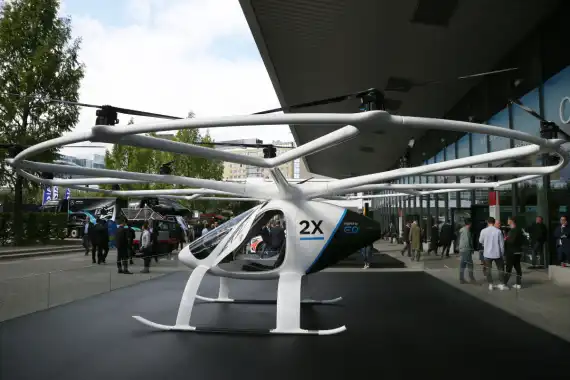
Volocopter: This German company is developing electric multicopter air taxis designed for urban mobility. Their vehicles look like small drones with multiple rotors for lift.
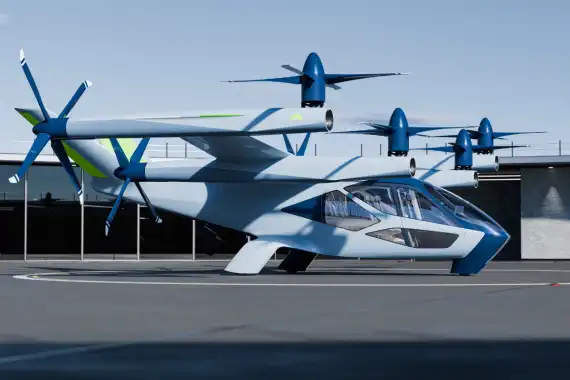
In the end, the dream of flying cars remains just that—a dream. While progress has been made, significant hurdles still stand in the way of widespread adoption.
Whether the future holds skies filled with personal flying vehicles or a more sophisticated network of flying taxis and autonomous drones remains to be seen. One thing's for sure, the journey to take us off the ground is sure to be an exciting one!

